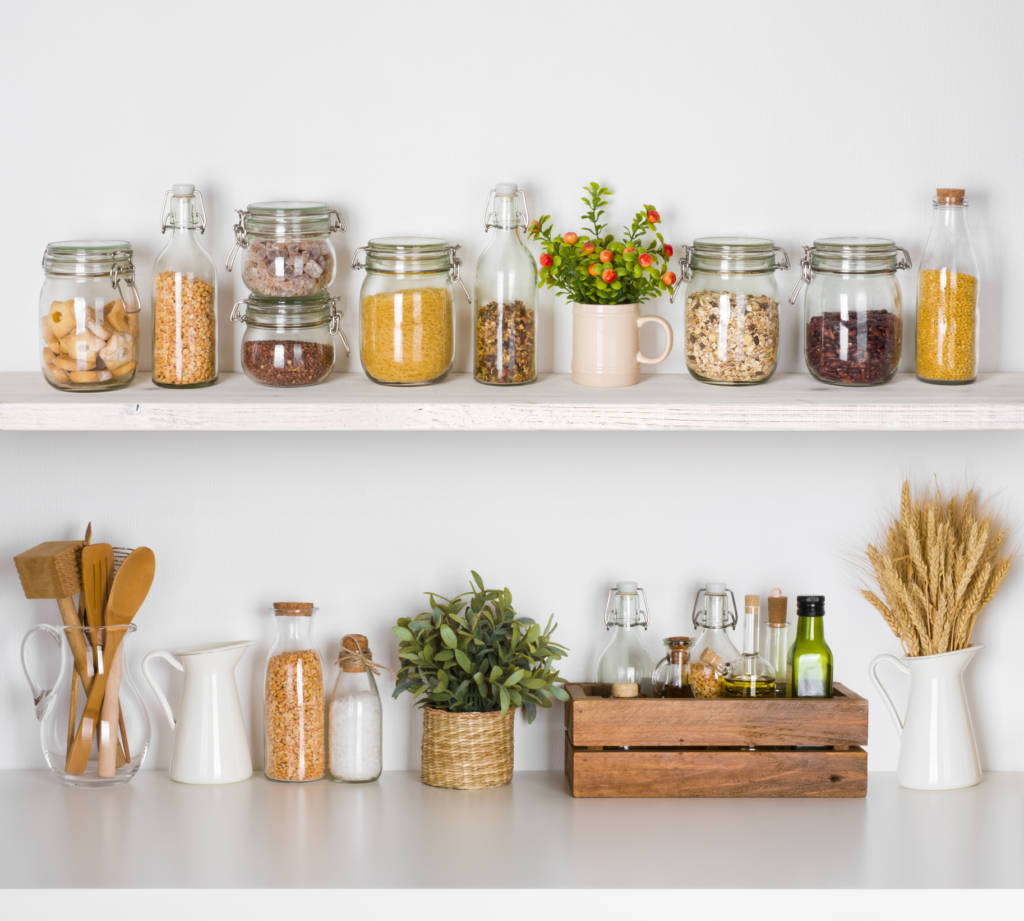
Historically, alternative treatments—herbs, poultices, and other concoctions—were all we had to improve health and ward off disease. Once we gained better access to healthcare, our use of alternative treatments dropped. These days, however, studies show a steady increase in the use of alternative therapies among African Americans. And there are a number of herbs and spices that are being touted as ways to manage or treat diabetes.
Although there are a number of clinical studies in recent years showing potential health benefit of herbs and spices, and improved diabetes control, more definitive studies are needed. Medicinal herbs and spices such as chili peppers, cinnamon, cloves, coriander, ginger, mustard seed, turmeric, garlic, oregano, and fenugreek, should not be used in place of conventional medical care. Some herbal remedies—particularly in concentrated doses may have side effects, including interacting with your diabetes treatment or increasing your risk of kidney problems.
The safest way to reap all the health benefits of herbs and spices is to use them in cooking—here’s how.
Chili peppers
Who knew chili peppers had all of this? Health benefits of chili peppers include improving digestive health and metabolism and alleviating migraines. It may also reduce risks of cancer, fights fungal infections, colds, and the flu, provides joint pain relief, fight inflammation, support cardiovascular health, improve cognitive functions, and promotes red blood cell growth while keeping your hair and skin healthy. Add a kick to store-bought or homemade hummus or guacamole by stirring in 1/4 teaspoon Ground Red Pepper or Crushed Red Pepper. Or, try sprinkling in a little Paprika.
Cinnamon
Cinnamon can lower your blood sugar. Plus, it may also provide heart-healthy benefits, such as reducing high blood cholesterol and triglyceride levels. Perk up your morning coffee with Ground Cinnamon. Sprinkle 1/2 teaspoon over ground coffee before brewing. Cinnamon is a great way to add extra flavor and sweetness without adding sugar. Add a dash of cinnamon to oatmeal, yogurt, milk, toast, baked apples or pears; quinoa, couscous or barley salad.
Cayenne
Cayenne peppers contain a substance called capsaicin. It’s what makes them spicy and also what can provide pain relief. Capsaicin reduces the number of pain signals sent to your brain. The result? You don’t register as much discomfort. It works on pain caused by arthritis and diabetes-related nerve damage.
Ginger
Ginger is not only good for your immune system, it may even help with chemotherapy-induced nausea and vomiting when taken along with anti-nausea medications. Quench your thirst with Ginger Lemonade. Add 1/2 teaspoon of Ground Ginger to 1 quart freshly squeezed lemonade. Ginger can also be added to fruit smoothies, cereals, yogurt, and sweet potatoes. For an Asian flair add ground ginger to sautéed vegetables, salad dressings, and marinades.
Mustard seeds and powder
Mustard is rich in glucosinolates and powerful antioxidants, both of which promote health and may protect against various diseases.
Mustard may protect against bacteria, fungi, and cancerous cells, as well as reduce inflammation and blood sugar levels. Mustard seed gives a sharp, zingy flavor to anything pickled—dill, sweet or bread and butter pickles, corn relish, green tomato relish, pickled green beans or cauliflower. Any spice blend, rub or marinade is a good home for mustard seed. Try grinding it with cumin seed, oregano, and garlic as a rub for roast beef.
Turmeric
One of the components of turmeric is a substance called curcumin. Because of its anti-inflammatory qualities, curcumin is also effective at reducing pain and swelling in people with arthritis. And animal studies indicate that curcumin could have powerful anti-cancer properties
For a great pick-me-up beverage in the morning try a modern-day version of golden milk made with coconut milk, honey, turmeric, and vanilla. Toss green salad with a turmeric vinaigrette made with apple cider vinegar, ginger, and shallots or dip vegetables in a creamy turmeric yogurt dip made with turmeric, sea salt, cinnamon and lemon juice mixed with yogurt.
Garlic
As you age, your arteries may become hard. Researchers have linked garlic intake with keeping blood vessels flexible, especially in women. In addition, studies suggest that eating garlic may reduce cholesterol and triglycerides. Garlic is a versatile ingredient that can be added—raw, roasted, grilled or sautéed—to any dish for an additional flavor boost. Roasted garlic brings a rich, deeper flavor toSpanish dishes such as the rice dish paella and the beef, chicken and chorizo stew with chickpeas called cocido Madrileño. Use roasted garlic in any dish that calls for raw, powdered or minced garlic. When substituting for raw garlic, start with 1/8 teaspoon for each clove and season to taste.
Sage
Current research indicates that sage may be able to improve brain function and memory, especially in people with Alzheimer’s disease.
Alzheimer’s disease is accompanied by a drop in the level of acetylcholine, a chemical messenger in the brain. Sage inhibits the breakdown of acetylcholine
Oregano
For a twist on the typical grilled cheese, prepare the sandwich with sliced mozzarella cheese, sliced tomato, and 1/4 teaspoon Oregano leaves. For Italian flare add oregano to pizza, spaghetti sauces, and other tomato-based sauces. Use Mexican oregano – found in chili powders to add flavor to chili con carne and other Mexican dishes.
Keep in Mind
There is no clear evidence that herbs and spices will help manage diabetes. Talk to your diabetes healthcare provider about any herbs or supplements you are taking. You want to make sure that any supplement you take doesn’t interact negatively with your medication. Using herbs and spices in cooking is the safest way to benefit from all their health potential.

Constance Brown-Riggs, is a registered dietitian, certified diabetes educator, national speaker and author of the Diabetes Guide to Enjoying Foods of the World, a convenient guide to help people with diabetes enjoy all the flavors of the world while still following a healthy meal plan. Follow Constance on social media @eatingsoulfully








